Elsa Collaer
19 Rue du Mont Aigoual
Paris, Île-de-France, France
June 21, 1924
Dear Elsa,
Hope all is well back home! Remember the wonderful théâtre-lyrique, Théâtre des Champs Élysées?
Well, I just revisited it this past weekend to see Le Train bleu by our good friend Darius Milhaud. I must say it is such an exquisite theater to host such wonderful music productions. Did you know that they only perform productions of opera, dance, and music that are “resolutely modern”?[1] It is said to have been the “permanent Paris home” since its opening in 1913 and is the main place where modernist collaborations are created such as Parade (1920) and Relâche (1924).[2] I believe that the Théâtre is the center of displaying modernist works of this era such as Le Train bleu to the public not only through its illustrious architecture but also through the atmosphere it presents within the theater.
I remember vividly, the details illustrated in the theater represent the Classical French Tradition. From the white facade on the outside displaying the elegant title of this luxurious establishment in Gold to the Art Deco auditorium, “lyre-shaped, of red, gold, and gray…with deep red velvet seats”. It’s no wonder modernist composers like Milhaud choose this institution as a source to display their works. The theater contains “English comfort, German technical facilities, and French taste” that really adds to the presence that the theater displays.[3] Which makes it more the worthy to have Le Train bleu presented there.
It so happened that while I was there I bumped into Gabriel Astruc, Director of La Sociéte Musicale. (Insert Picture of Gabriel Astruc) He was the one who actually promoted the project to have the theater built. He said that the theater was initially created to celebrate and “welcome contemporary works” like Milhaud by the city council of Paris. Although, there was a huge scandal during the construction of it. Supposedly the Théâtre was initially going to be built with iron, the way he envisioned it.
He commissioned Henry Fivaz and Roger Bouvard to create the plans for this magnificent structure. But Astruc said he started to doubt the capabilities of Bouvard for such a complex project. He then proceeded to hire Henry Van de Velde, “a Belgian architect, designer, theorist and leading Art-Nouveau exponent”. At first, Velde sole job was to only decorate the theater. However, his interventions soon made him the chief architect of the project. Sadly, he would not be in this position for long since Perret Frères concrete construction design would become the one selected. Eventually, the Théâtre was created and debuted April 2, 1913 with a gala concert featuring a multitude of pieces.[4]
I must say that through time I have noticed various modernist works being performed at this establishment. It also become home to the Ballet Russes who displayed many of these works including Le Train Bleu.
After seeing the production last night, I must say say Le Train Bleu falls under the modernist category which makes the theater suitable for its performance. The combination of the Théâtre des Champs-Élysées with Nijinska, Cocteau, Chanel, Laurens, Picasso, Diaghilev’s legendary Ballet Russes, and Milhaud made this production a success before Nijinska’s leave.
The selection of the Théâtre des Champs-Élysées was an exquisite place to have this performance.
I even remember when Milhaud was in the process of creating this work. I distinctly recall the letter he wrote to me on February 12th explaining a new work collaboration with Cocteau which would be interesting since it would not be producing his normal kind of music. He described his work as an “operetta that is danced, rather than sung”.[5] It was quite interesting how his writing of this ballet came about. He told me at lunch a couple days ago that he was working on Salade one day when he received a surprise visit from Diaghilev who wanted Milhaud to write a Ballet for his next season to debut young English dancer Anton Dolin.
(Insert picture of Diaghilev and Anton Dolin) He felt that Milhaud’s future with Soirées de Paris would not provide the immense advantages that the ballet would. But Milhaud was under contract so this arrangement could not be possible. Luckily Comte de Beaumont of the Soirées de Paris allowed him to go on with the project. So he ended up doing Salade and Le Train bleu at roughly the same time.[6] You could say they were twins. I recall him saying in a letter when completing it that he believed that the ballet was going to be a riot due to how appalling and fascinating it is.[7]
The scene of the opera is about a beach along the elegant English Channel resorts on a sunny day in 1924.
The characters discharge the elegant train known as Le Train bleu where they indulge in their favorite sports such as tennis and gold. This ballet clearly highlights Dolin in his “acrobatic feats and show his choreographic skill”.[8] You could say there were diversity of opinions about it after its premiere. It was a mixture of boring, amusing and vulgar in some aspects of the performance.[9] It scandalized almost everybody from light-opera composers to serious musicians alike. Yet, it felt perfect for the stage and architecture of the Théâtre des Champs Elysées in its modern set, choreography, costumes, and music. Diaghilev’s collaboration with Picasso added “luster to the world of ballet”. [10] Even French composer George Auric mentions that the performance had “an undeniable poetry rising from the orchestra pit and enveloping the characters of the story”.[11] It features the crazes of our Parisian era from fashion to travel to other aspects of European life. Something we don’t always notice everyday since we are a part of this every-changing culture.
All in all, the Théâtre des Champs Elysées was the perfect choice for this spectacular performance of our modern european era.
Even though I believe this will be the only ballet performing this summer, I still think you should come see the glory of the ballet within the beautiful setting of the Théatre. It is absolutely breathtaking. Until we see each other again.
With Love,
Paul Collaer
[1] Ayers, Andrew. The Architecture of Paris: An Architectural Guide, (Edition Axel Menges 2004), 160
[2] Blake, Jody. Le Tumulte Noir: Modernist Art and Popular Entertainment in Jazz-Age Paris 1900-1930s, (The Pennsylvania State University Press 1999), 96
[3] Zietz, Karyl Lynn. Opera Companies and Houses of Western Europe, Canada, Australia and New Zealand: A Comprehensive Illustrated Reference, (McFarland & Company Inc. Publishers 1999), 132
[4] Ayers, Andrew. The Architecture of Paris: An Architectural Guide, (Edition Axel Menges 2004), 160
[5] Collaer, Paul, Darius Milhaud, (San Francisco Press Inc. 1988), 74
[6] Milhaud, Darius. Notes without Music, (Alfred A. Knopf Inc. 1953), 158
[7] Collaer, Paul, Darius Milhaud, (San Francisco Press Inc. 1988), 76
[8] Milhaud, Darius. Notes without Music, (Alfred A. Knopf Inc. 1953), 159
[9] Collaer, Paul. Darius Milhaud, (San Francisco Press Inc. 1988), 78
[10] Collaer, Paul. Darius Milhaud, (San Francisco Press Inc. 1988), 74
[11] Nichols, Roger. The Harlequin Years: Music in Paris, 1917-1929, (University of California Press 2002), 92
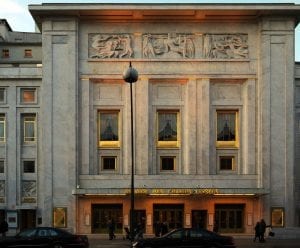
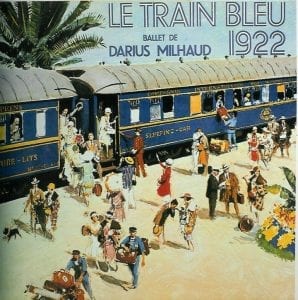
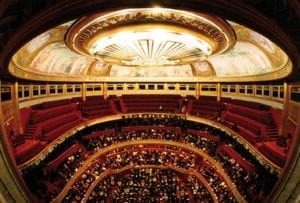
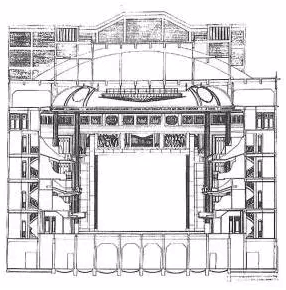
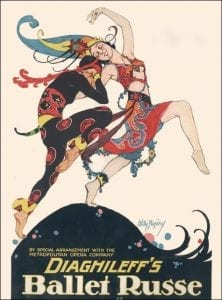
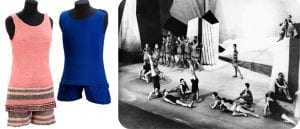
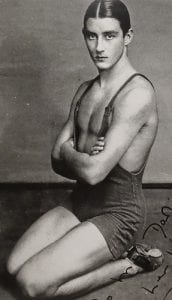
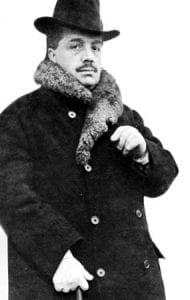
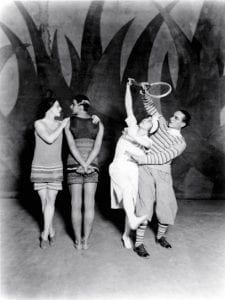
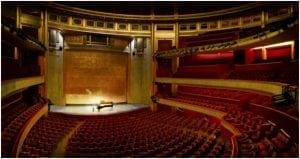
You must be logged in to post a comment.